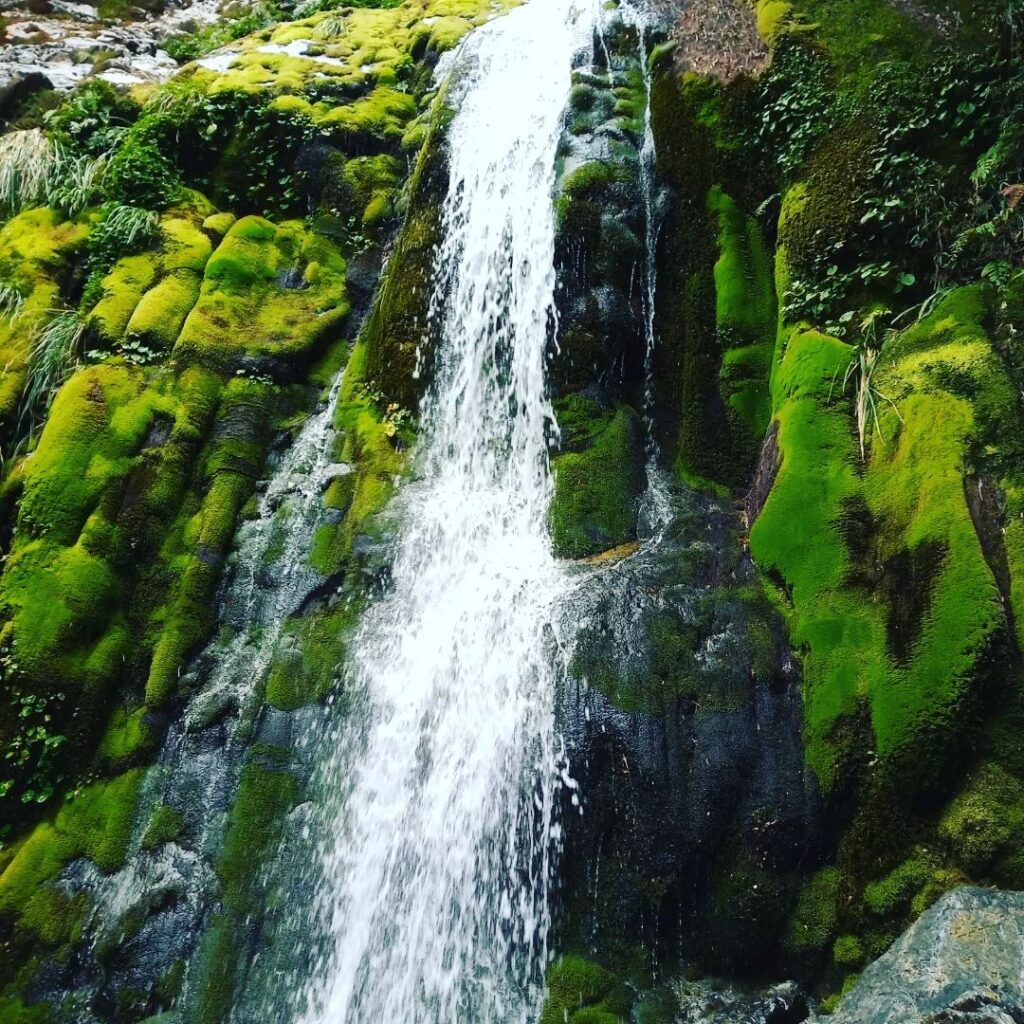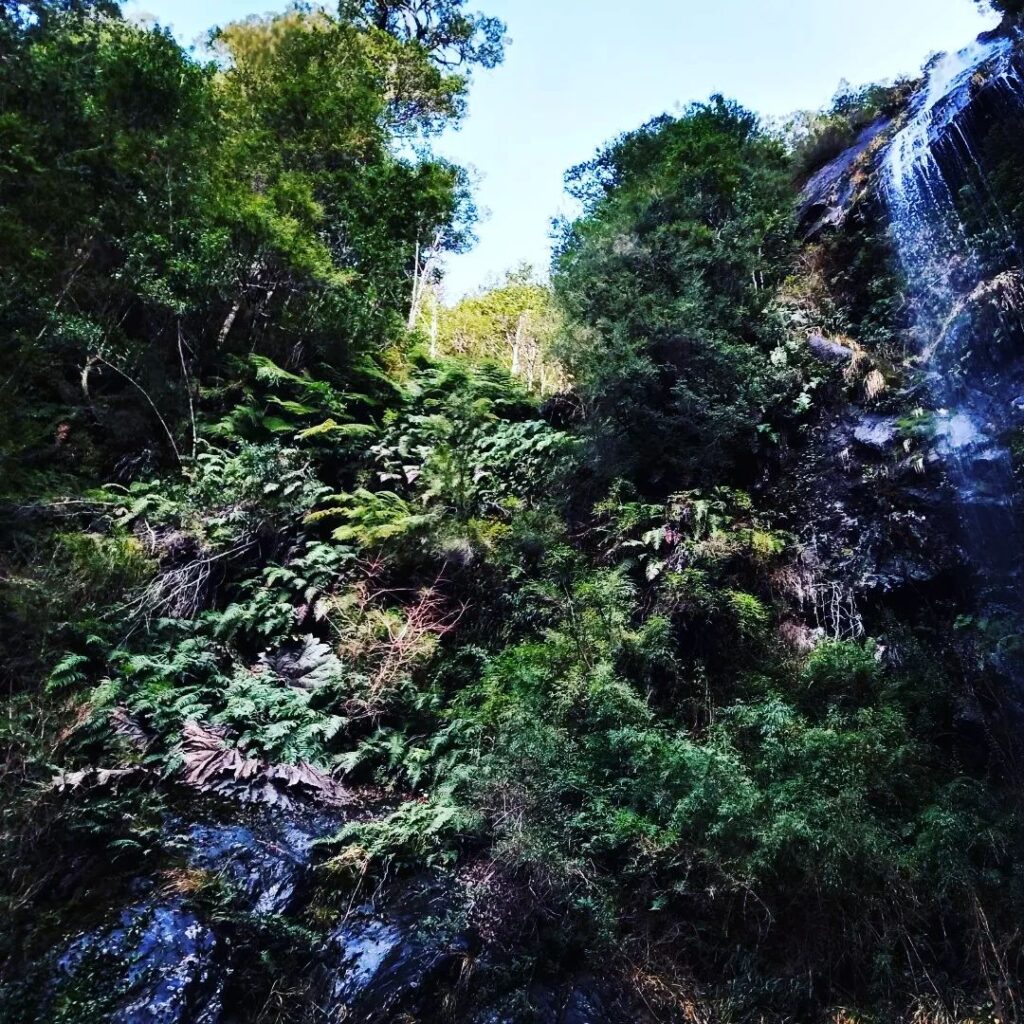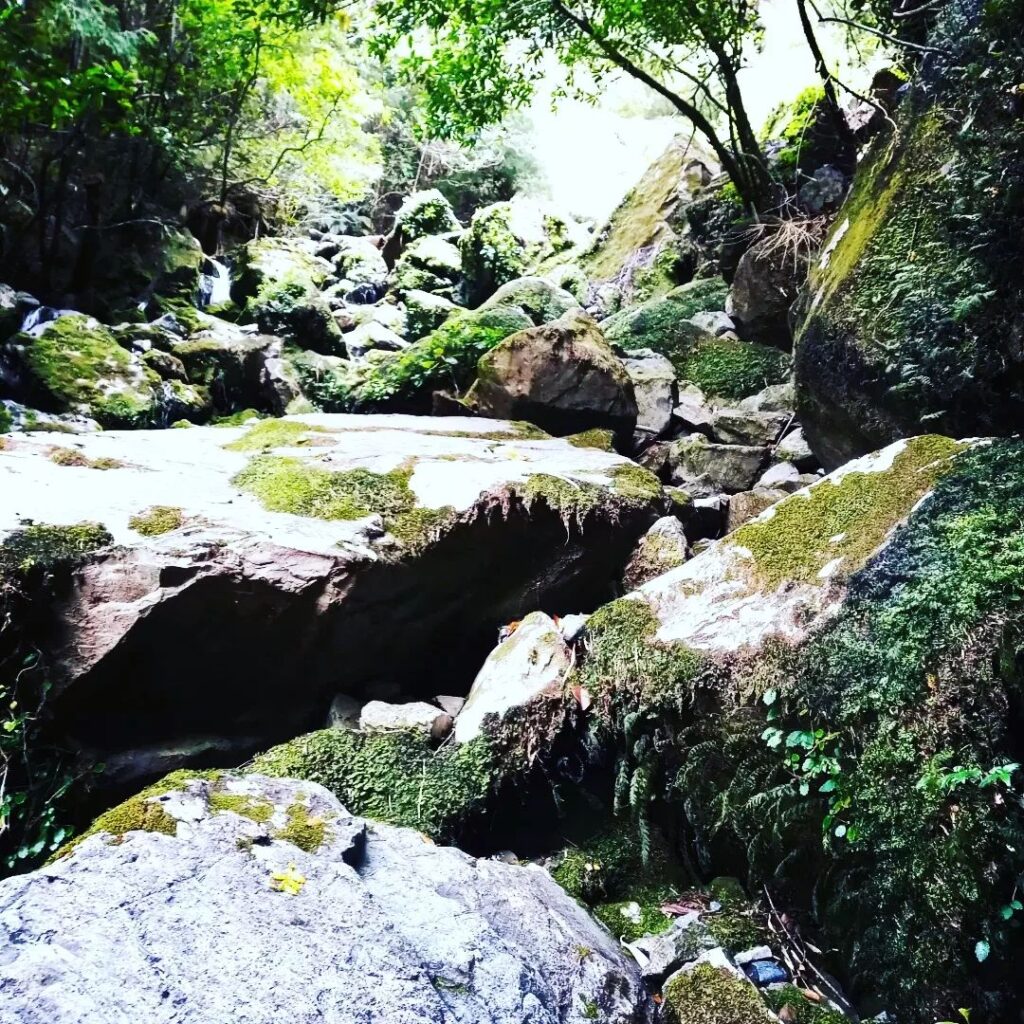The manifestations of what, due to the lack of a more appropriate adjective, we are accustomed to calling «divine,» are not always relegated to the planes of the subtle, but can intersect dramatically and violently with the desacralized dimension in which we dwell, through demonstrations that arise from the slight opening of the veil of the mysterium that underlies the dimensions in which we move.
Whether or not one is a religious person in their everyday life (like «Kinder und Bettler, Hoffnungsvolle Toren,» as Goethe mentions in his Prometheus), and due to the fact that their existence is irremediably and spatiotemporally located in the virtually infinite yet Cartesian world of the senses, the alchemical wayfaerer —anarchic wandervogel of the initiatic path— can experience different sensations (and, in fact, is enveloped by the experience and the search for it over and over again) that could be considered intangible and unintelligible residences of the reflections of the manifestations of the Holy (Άγιος), that is, of the experience of refraction and reflection if not of the Numen, at least of the numinous.

Just as the more conventional Homo religiosus (who regularly inhabits an urban, civilized environment and whose religious and cultural practices lead him to regular temples) experiences upon entering a cathedral, the initiatic wanderer, who despite carrying the flame of ὕβρις may be infused — despite and against his will, since his kenosis (emptying, depletion) is carried out even if it is not his conscious choice — with the devastating and megalithic fertility of Śūnyatā in the realization of his own path as it is unfolded as the Adept accesses the sacred locus of nature, manifested, for instance, in the vaulted halls of the Cathedral of Cellulose.
Whether in contemplation of the unfathomable majesty of the vast starry night sky or the majesty radiating from the mountain from its telluric base to its summits that penetrate the heavens, or perhaps in contemplation of trees that, viewed from below with their feet embedded in the humus, seem to be embedded in the celestial vault, and the contemplation of the thunderous sound of water cascading down against the rock altar that has been shaped by the same waterfall, there is a trembling dread that completely fills the human being —after becoming entirely receptive—, leaving him little room for the rational to immediately recover the dimensions dramatically and obnubilably colonized by the tremendous, the capable to inspire awe.

The fear experienced by the initiatic wanderer differs greatly from the worldly and secular fears he is subject to in the civilized world in which he lives. Voluntarily venturing into the forest, mountains, streams, or any other space in the katabatic topography, he may well recognize the existence of a kind of lament that cries out to his inner labyrinth and comes from the very heart of the incognizable, unknowable and inscrutable emptiness of the mysterium, where he can identify and perceive, immersed and absorbed in the wild, different expressions of the numinous, wandering through the earthly planes and seeking through his pilgrimage, through the acéphalic exercise of venturing into the sensory bushy confusion of the liminal wastelands, also to access what may be revealed to him on the subtle planes — which, although outside this world, permeate it with their immanence. Ultimate reality, then, would not be found beyond phenomena in an abstract transcendent world, but within phenomena: the wind that slips whistling through the myriad branches of the tree-pillars of the cathedral, the rain hammering and carving the rocks, the mountain scratching the sky in the alchemical wedding, the process of decomposition of organic matter, the warm and bleeding throat torn from an animal transformed into prey; all these would correspond to expressions of the immanent reality of the mysterium tremendum et fascinans.
With the gods today marginalized, obsolete, forgotten in exile, buried in the dust of no longer so intact parasitic irrelevance and the everyday technology of the present world, it is the Ἄγνωστος Θεός who once again makes sense in the pilgrimage undertaken by the wandering bird, the wandervogel that wanders in the ambush, for the experience of the numinous manifested in the Cathedral of Cellulose. It is possible that the name and the pantheon remain buried under the complex network of roots, rhizomes, and decomposing organic matter of the nigredo, but the cosmic dread, the one that screams from the Nothingness, continues to be engendered in a way that reflects such sublimity that exceeds all human understanding, that is, limitation — via eminentiae. The sanctuary is not only in the forest singing chthonic hymns of the wild, but the same numinous presence makes the Cathedral a sanctuary for the wayfaerer to immerse himself in the experience of the marvelous sacred terror that inhabits the confines where the mysterium tremendum whispers in an increasingly magnetic way to explorers, so that they do not fear to dive into the unknown to witness the demonstrations of the Numen, in a way similar to the search, on the cold and rugged peaks, for the origin of the streams and waterfalls that give shape to the serpent goddess of flowing waters.
Struggling to dimension what, within his human limitations, he manages to perceive of the titanic and the monumental, or the monumentally titanic, since the numinous is immeasurable like the endless ocean of the unending, the alchemist-wanderer explores, in the reflection of Nature that is shown before him, the landscapes molded by the terror and admiration for «the unknown», leaving behind his own fears arising from the fear of death, to embrace — from the warmth of his labyrinthine bowels — the immensity of the Void that dwells beyond comprehension and reason.

